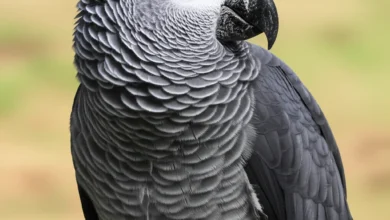Connecticut Cougar Walked From South Dakota
INCREDIBLE JOURNEY!
Mountain Lion Killed In Connecticut Was Wild, And Likely Born In The Black Hills
A male mountain lion struck and killed on a Connecticut highway in early June was a wild animal that was likely born in the Black Hills of South Dakota, and traveled on its own to the East Coast, Connecticut wildlife officials announced today.

During a hastily assembled conference call, the commissioner of the Connecticut Department of Energy and Environmental Protection (DEEP), Daniel C. Esty, said that several genetic-testing laboratories around the country had confirmed that the young, 140-pound male mountain lion was the same animal that had been sighted a number of times in Minnesota and Wisconsin during 2009 and early 2010. Confirmation came from genetic material recovered from scat, hair, and blood samples collected in the two Midwestern states. Further, the cat’s genes indicated that it had originated among the easternmost breeding population of wild cougars, which inhabits the Black Hills of South Dakota.
Wildlife biologists assume that the Connecticut lion was born in the Black Hills and migrated East over several years, swimming broad rivers such as the Hudson as it did so. Porcupine quills were found under the cougar’s skin, evidence that it had hunted the spiny creatures in order to feed itself. Scientists plan to continue studying the animal in order to learn, among other things, what else it had eaten on its journey.
According to the U.S. Fish & Wildlife Service, there are no breeding populations of mountain lions east of the Mississippi. In fact, after a 5-year investigation, USFWS earlier this year concluded that the eastern mountain lion was extinct, the last one having been killed in Maine in the 1930s. According to the agency, most cougars sighted in the East are captive animals that had either escaped or been released.
However, USFWS acknowledges that cougars from breeding populations in the West—mostly from the Black Hills, where 150 or more cougars live—sometimes wander into the East. According to wildlife officials, young male lions are especially prone to wanderlust.
Several years ago, in fact, a cougar from the Black Hills was shot and killed by police in downtown Chicago.

By all accounts, however, the Connecticut cougar’s journey was one of the most remarkable ever documented for a North American mammal. From Minnesota, where wildlife officials first picked up the animal’s trail, the cougar traveled nearly 1,200 miles to reach the stretch of highway in Milford, Connecticut, where it was struck and killed by an SUV. The previous distance record for an American mammal was about half that number of miles. In addition, scientists are not yet giving the cat official credit for the approximately 300 additional miles it probably had walked to get to Minnesota from the Black Hills. So far, the only evidence of that leg of the incredible journey is circumstantial.
Although conservation officials say the cougar’s solo journey should be celebrated as a sign that some types of American wildlife—cougars included— are making a comeback from near-extinction, they add that people on the East Coast should not expect to see more mountain lions in their backyards. The Connecticut cougar was probably an exceptional animal, with an especially strong sense of adventure; few, if any, of his South Dakota relatives are likely to repeat his incredible journey.
Connecticut DEEP’s press release on the amazing mountain lion is available through the link.




